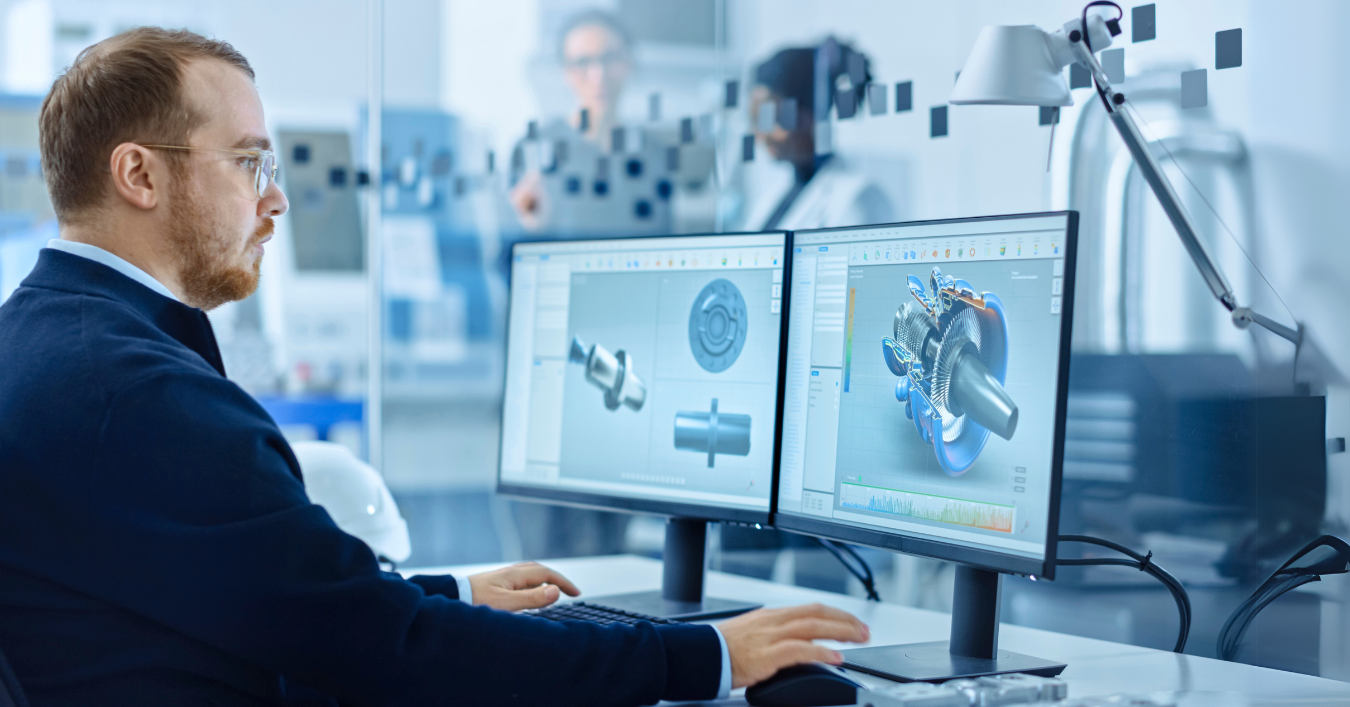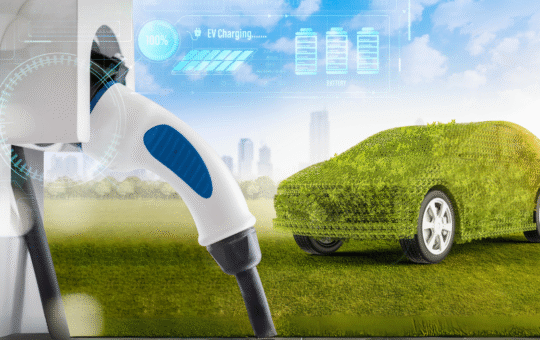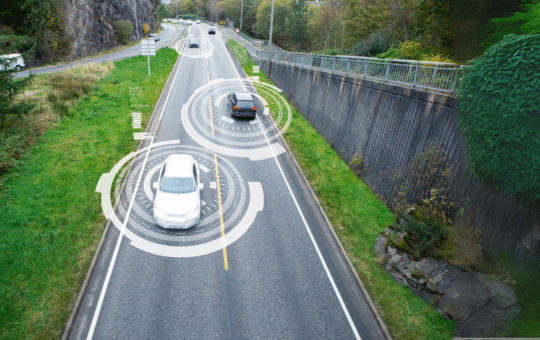
Level 4 Diploma in Advanced Automotive Design and CAD Modeling
- Gain expert knowledge in advanced automotive design techniques and CAD modeling tools.
- Learn how to create accurate 3D models of automotive components and systems.
- Master the principles of automotive engineering, including structural design, materials selection, and performance optimization.
- Enhance career opportunities in automotive design, engineering, and development with expertise in cutting-edge tools and methodologies.
- Understand the principles and processes involved in automotive design and development.
- Gain proficiency in using industry-standard CAD software for automotive applications.
- Learn how to design, model, and test vehicle components for performance, safety, and efficiency.
- Develop skills in prototype creation, digital simulations, and manufacturing processes for automotive systems.
- Introduction to Automotive Design
- Overview of the automotive design process, from concept to production.
- Key principles of vehicle design, including aerodynamics, ergonomics, and structural integrity.
- Computer-Aided Design (CAD) Software for Automotive Applications
- Hands-on training with industry-standard CAD tools like SolidWorks, AutoCAD, and CATIA.
- Techniques for creating 3D models and simulations of automotive parts and systems.
- Advanced Vehicle Components and Systems Design
- Designing critical vehicle systems, including the chassis, engine components, suspension, and electrical systems.
- Factors affecting performance, safety, and fuel efficiency in vehicle systems.
- Aerodynamics and Vehicle Performance
- Principles of vehicle aerodynamics and how to optimize designs for fuel efficiency and handling.
- Using simulations to evaluate drag, lift, and stability.
- Prototyping and Manufacturing Processes
- Introduction to prototyping techniques, including 3D printing and rapid prototyping.
- How CAD models transition to physical prototypes and manufacturing.
- Interior and Exterior Styling
- Design principles for vehicle interior and exterior, focusing on aesthetics, comfort, and safety.
- Using CAD tools to design and visualize vehicle interiors, exteriors, and user interfaces.
- Progress to Level 5 or Level 6 qualifications in automotive engineering or advanced design.
- Work as an automotive design engineer, CAD modeler, or vehicle systems designer in the automotive industry.
- Pursue careers in automotive research and development, focusing on new technologies, innovation, and vehicle performance.
- Cutting-Edge Design Training: Master the latest design tools and technologies in automotive engineering.
- Real-World Applications: Gain practical experience with CAD software and design principles used by industry professionals.
- Expert Instruction: Learn from experienced automotive design engineers and CAD specialists.
- Globally Recognized Certification: Boost your credentials with a qualification that is recognized by leading automotive manufacturers and design firms.
Study Units
- Introduction to Automotive Design
- Overview of the automotive design process, from concept to production.
- Key principles of vehicle design, including aerodynamics, ergonomics, and structural integrity.
- Computer-Aided Design (CAD) Software for Automotive Applications
- Hands-on training with industry-standard CAD tools like SolidWorks, AutoCAD, and CATIA.
- Techniques for creating 3D models and simulations of automotive parts and systems.
- Advanced Vehicle Components and Systems Design
- Designing critical vehicle systems, including the chassis, engine components, suspension, and electrical systems.
- Factors affecting performance, safety, and fuel efficiency in vehicle systems.
- Aerodynamics and Vehicle Performance
- Principles of vehicle aerodynamics and how to optimize designs for fuel efficiency and handling.
- Using simulations to evaluate drag, lift, and stability.
- Prototyping and Manufacturing Processes
- Introduction to prototyping techniques, including 3D printing and rapid prototyping.
- How CAD models transition to physical prototypes and manufacturing.
- Interior and Exterior Styling
- Design principles for vehicle interior and exterior, focusing on aesthetics, comfort, and safety.
- Using CAD tools to design and visualize vehicle interiors, exteriors, and user interfaces.
Upon completing this diploma, learners will:
- Understand the principles and processes involved in automotive design and development.
- Gain proficiency in using industry-standard CAD software for automotive applications.
- Learn how to design, model, and test vehicle components for performance, safety, and efficiency.
- Develop skills in prototype creation, digital simulations, and manufacturing processes for automotive systems.
This diploma is designed for individuals seeking to specialize in automotive design and CAD modeling. It is ideal for:
Automotive Design Engineers
Engineers involved in the design and development of vehicle components, systems, and overall vehicle structure, looking to enhance their CAD modeling and design skills.
CAD Modelers and Designers
Professionals who wish to gain proficiency in using advanced CAD tools to create 3D models and simulations of automotive systems.
Vehicle Systems Designers
Those working on the design of specific vehicle systems (e.g., suspension, chassis, engine) and wishing to learn how to apply CAD tools to optimize these systems for performance and safety.
Automotive Engineers
Engineers focusing on the development and optimization of vehicle performance, aerodynamics, and efficiency, and who want to enhance their design and simulation capabilities.
Prototyping Specialists
Professionals involved in prototype creation who want to transition from design to production with hands-on skills in 3D modeling, rapid prototyping, and manufacturing.
Students and Apprentices in Automotive Design and Engineering
Aspiring professionals looking to acquire in-depth knowledge and practical skills in automotive design and CAD modeling, essential for their careers in the automotive industry.
Automotive Research and Development Specialists
Individuals interested in pushing the boundaries of automotive innovation and design, looking to develop advanced skills in digital simulations, CAD, and vehicle performance.
Our assessment process is designed to ensure every learner achieves the required level of knowledge, skills, and understanding outlined in each course unit.
Purpose of Assessment
Assessment helps measure how well a learner has met the learning outcomes. It ensures consistency, quality, and fairness across all learners.
What Learners Need to Do
Learners must provide clear evidence that shows they have met all the learning outcomes and assessment criteria for each unit. This evidence can take different forms depending on the course and type of learning.
Types of Acceptable Evidence
Assignments, reports, or projects
Worksheets or written tasks
Portfolios of practical work
Answers to oral or written questions
Test or exam papers
Understanding the Structure
Learning outcomes explain what learners should know, understand, or be able to do.
Assessment criteria set the standard learners must meet to achieve each learning outcome.
Assessment Guidelines
All assessment must be authentic, current, and relevant to the unit.
Evidence must match each assessment criterion clearly.
Plagiarism or copied work is not accepted.
All learners must complete assessments within the given timelines.
Where applicable, assessments may be reviewed or verified by internal or external quality assurers.
Full learning outcomes and assessment criteria for each qualification are available from page 8 of the course handbook.
Top Courses
No results found.
Related Courses
Let's Get in touch
Deleting Course Review
Course Access
This course is password protected. To access it please enter your password below:



